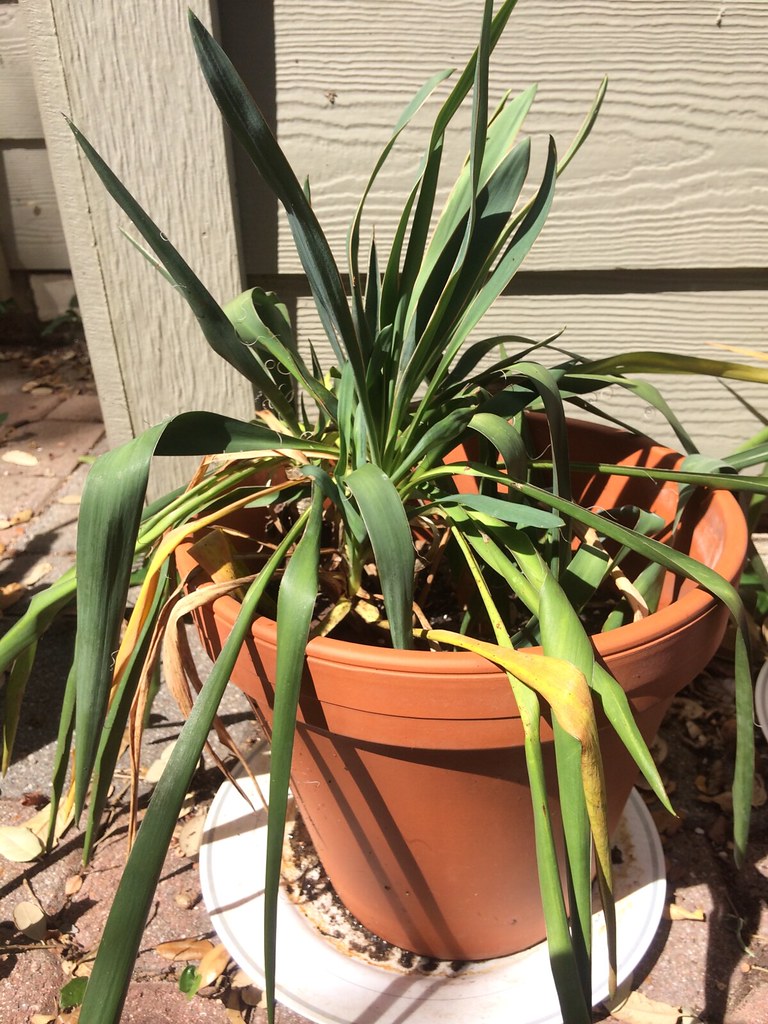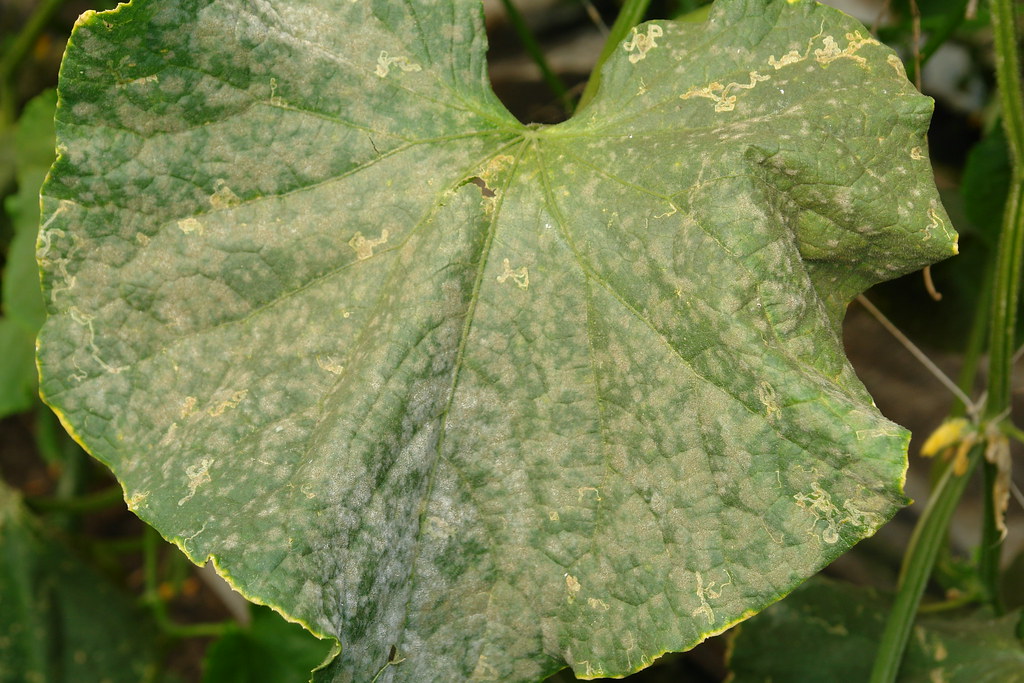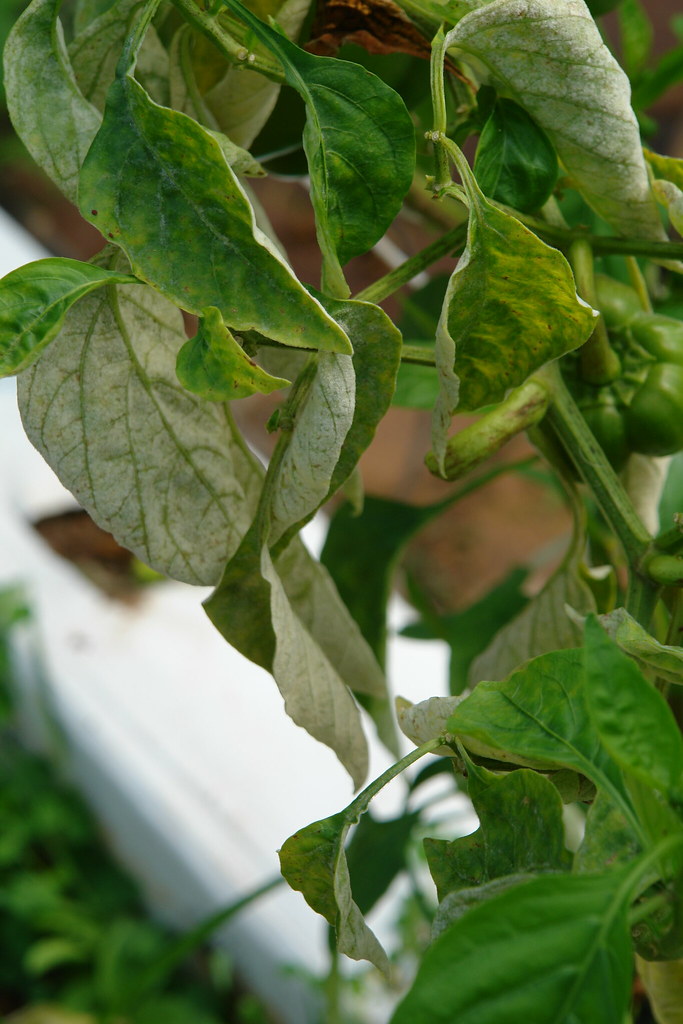
A lot of the time when people experience an issue with their plant, they may choose to water their plant. Whether it’s looking wilted, or turning yellow. Watering too much was at the top of the list for my issues.
Note: All plants are different, but a lot may react similarly. Make sure you double check for your specific plant. This is to help with some ideas of what you may come across.
How Overwatering can happen.
A lot of the time overwatering can happen when you are too into looking at your plant. I made this mistake when I first got into plants. I would think that maybe if I didn’t water enough, my plant would automatically die. However this is not the case, and for many plants underwatering is far safer for your plant than overwatering. At least as far as plant recovery is concerned. Overwatering can also happen when the soil is not able to train fast enough.
What Overwatering Looks Like
Some of the signs of overwatering may seem like it doesn’t really make sense. So knowing the signs of overwatering/watering issues is important to keeping your plant healthy.
- Over watering can lead to an even more wilted looking leaves sometimes even curled looking.
- If you notice your plant isn’t having any new growth, but this can also be due to other factors as well, like if your plant gets too cold some can go into a dormant state. That can usually happen below 50 degrees fahrenheit.
- Where the plant meets the soil may start to rot, which makes it feel soft.
- Yellowing of leaves.
- You can even get fungus that starts growing in the soil because of the consistent moisture.
Something you can’t normally see until you take the plant out and inspect it would be root rot.
How to Avoid Overwatering
There can be many reasons that lead to the plant being overwatered. It may not just be the fact that you water too much. There are several ways that you can avoid overwatering. Here’s what you can do.
- Wait until the appropriate soil dryness. Usually I go with the first or second knuckle deep for the soil to be try. Different plants have different suggestions.
- Get an appropriate plant pot, which is one that drains properly. A lot of plants will do okay around 60-70 degrees.
- Have an appropriate temperature for your plant. This leads to the water to be evaporated quicker.
- Plants require different water depending on what time of the year it is.
Some people will suggest a plant watering spike to make watering easier. I think that they can work for some plants, but if you give watering spikes a shot. Make sure you still pay attention to the soil. You wouldn’t want to come back in two weeks to see your plant basically dying of root rot.
I personally think that a good draining pot would be a good option for most people over a watering spike. If you are curious about testing out a convenient well rated pot you can check this one out. It is also not a bad price either.
I may get commissions for purchases made through this link.
If you don’t want to miss out don’t forget to sign up for updates. It’s free, and you can take yourself off whenever.
Thank you,
-Plant Dummy


